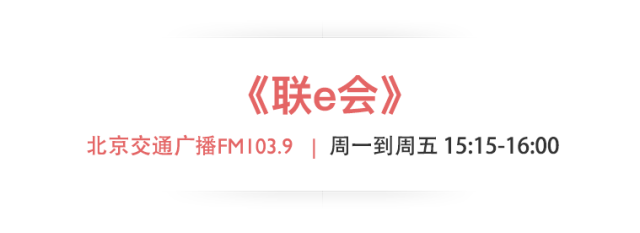
Smart speakers are regarded as the gateway to the Internet of Things era, and last year they became a hot investment area for various manufacturers. This is also the fundamental reason why major companies covet the entry point into the Internet of Things.
This time, we selected five smart speaker products for a horizontal comparison to see which one is smarter:
Raven H (Baidu, priced at 1699 RMB)
Tmall Genie X1 (Alibaba, priced at 499 RMB)
Tencent TingTing (Tencent AI Lab, priced at 699 RMB)
JD Dingdong Play (JD.com, priced at 1899 RMB)
Xiaomi AI Speaker (Xiaomi, priced at 299 RMB)
Appearance
Raven H has vibrant colors and adopts a block-style design, but in reality, only the first layer can be removed for use as a controller.
There are 19×19 white LED lights on the controller. The panel supports touch; long-press activates the recording function, double-tap and swipe correspond to pause and switch songs, respectively.

Other buttons include physical volume control and a toggle switch for stopping recording at the bottom. The charging port is USB-C.
Tmall Genie X1 features a cylindrical design and is compact. The casing uses a “two-stage” design, with the upper part made of skin-friendly material plastic and the lower part wrapped in finely textured mesh.
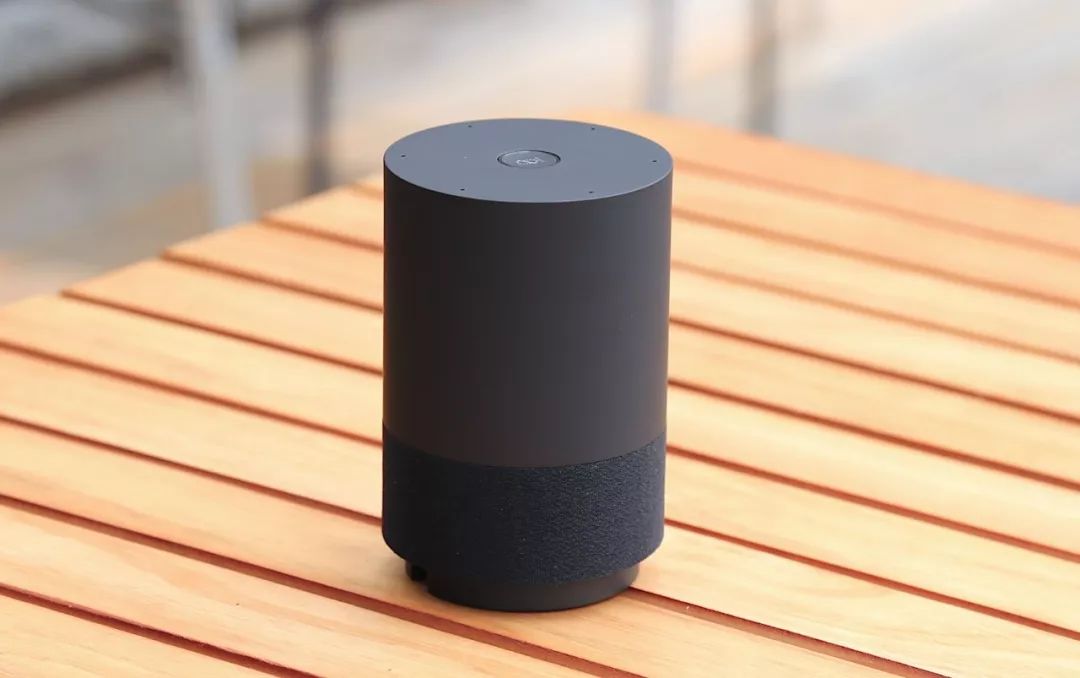
Tencent TingTing has a relatively standard appearance. It features a cylindrical design and a spliced structure, with the upper part being white and the lower part being a gray speaker unit.
It has a total of 6 omnidirectional silicon microphones for sound pickup. The body has 5 buttons, including volume control, mute, and an activation button for recording, with a combined power & Bluetooth switch button at the back.

Tencent TingTing uses a Micro-USB charging speaker, has a built-in battery, and can be used away from the charger.
On its front panel, there is an indicator light for battery display. The official claim is that it can standby for about 16 hours and play music for about 5 hours;
Above the Micro-USB charging port, there is also a 3.5mm headphone jack for music listening.
JD Dingdong Play is a smart speaker with a screen, but its functions are not as rich as those of a tablet, as it is still fundamentally a smart speaker.

It has a total of 8 omnidirectional silicon microphones for sound pickup, and the speaker is located at the back of the device;
The front panel also features a 5-megapixel camera for facial recognition. Users can complete most interactive operations using the screen, such as playing video programs or making video calls.
Xiaomi AI Speaker has a white rectangular shape, with a wave-like opening reserved for the speaker in the lower half, giving it a certain aesthetic appeal.
There are five non-pressable virtual buttons on the top of the body, including previous/next track, stop recording button, play button, and CH button (for playing preset playlists or radio stations).
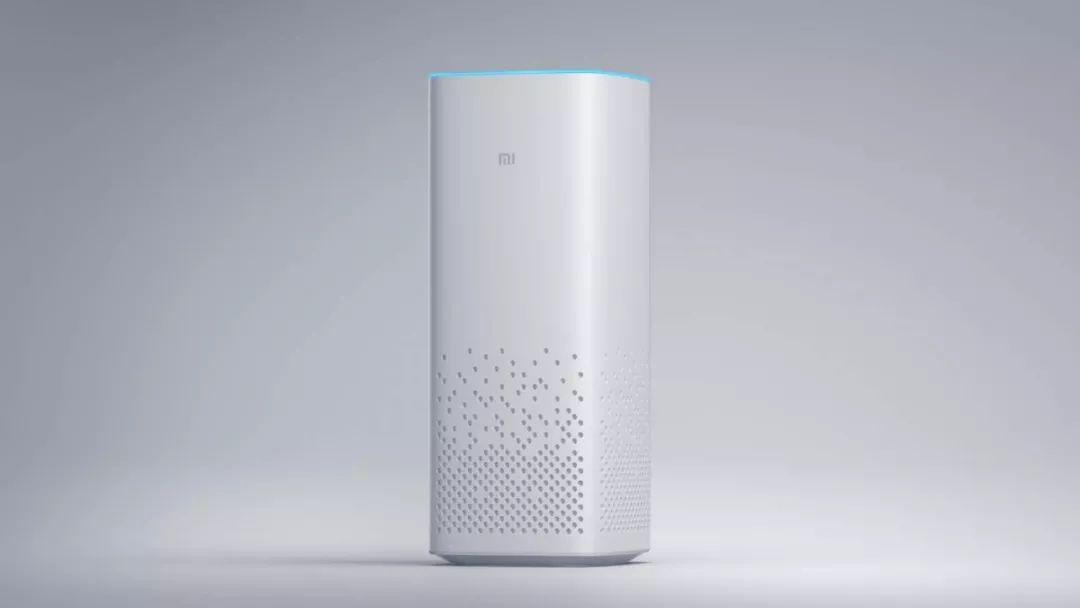
Volume control is a virtual button and can only be adjusted by touch, with the volume level displayed by a light strip on the dial.
It is worth noting that when the mute button is pressed, the entire volume display light strip turns red and stays on, making it very conspicuous in a dark room.For sound pickup, the Xiaomi AI Speaker also uses six omnidirectional silicon microphones.
Intelligence Level of the Speakers
To assess the intelligence level of the speakers, several criteria need to be established:
-
Wake-up success rate
-
Logical understanding ability
-
Interconnection with smart home devices
-
Recognition of foreign languages
Raven H connects via the WeChat public account assistant. Of course, users can also configure it through the supporting app “Xiao Du at Home,” but multiple attempts have failed to complete network configuration, which has already disqualified it from product experience.
Tencent TingTing currently does not connect with any smart home devices, making it impossible to test its intelligence.
In the 5m foreign voice wake-up test, in a quiet environment, none of the devices failed to respond within 10 attempts. However, when music is playing, the wake-up rate decreases, especially for Tmall Genie X1, which has fewer microphones, and Raven H, whose number of microphones is also unknown.
It requires proximity to the speaker, but similarly, none of these six devices can customize the wake-up words, which may be due to considerations of wake-up success rates.
These smart speakers will also respond to human voices in videos or audio. Of course, these speakers may occasionally experience false wake-up situations.
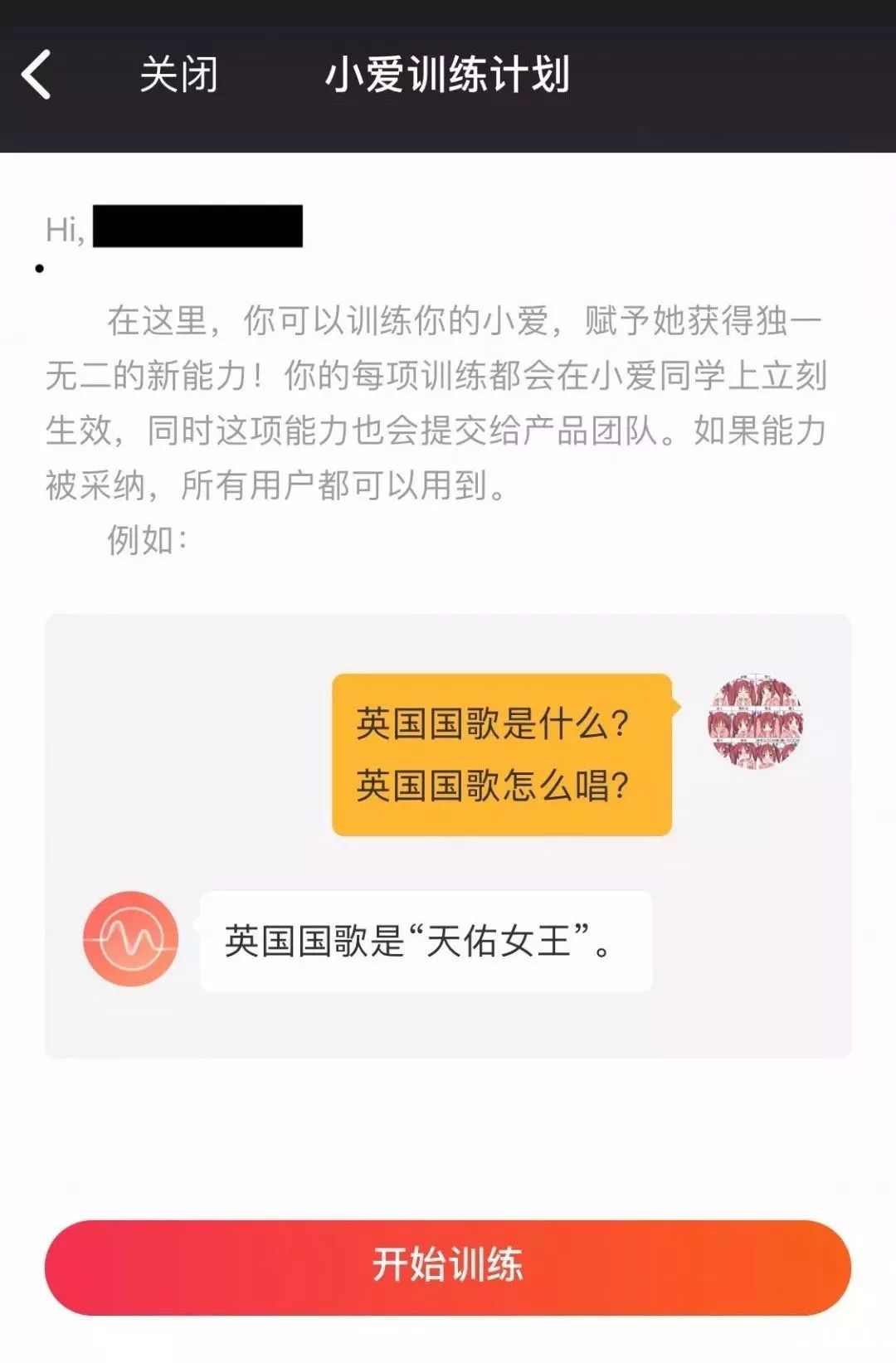
Through the Xiao Ai Training Program, you can customize operations
Among them, only Tmall Genie X1 and Xiaomi AI Speaker support keyword custom replies.
Keyword custom replies refer to special replies or operations set by users for specific standard questions. For example, setting “I’m home” to let the smart speaker help turn on the lights or air purifier.
As for logical understanding ability, among these speakers, except for Raven H, which cannot participate in the experiment, and Tencent TingTing, which does not support any smart home devices, the others almost all support all smart devices under Broadlink.
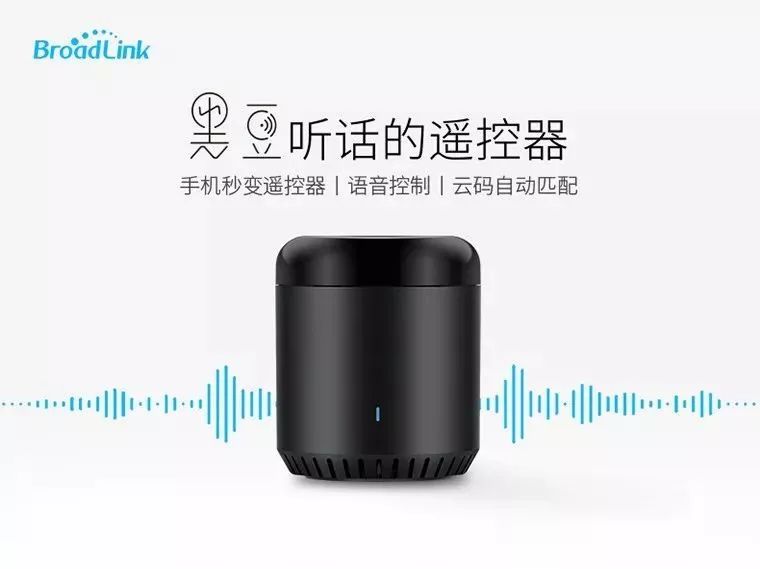
The Core of Smartening Older Appliances – Broadlink Universal Remote Control
Tmall Genie X1 and Dingdong Play can turn on air conditioners, TVs, and other ordinary appliances through the Broadlink universal remote control, while Xiaomi AI Speaker only supports switching devices but does not support delay task settings.
As for the support for smart home devices, there is no doubt that Tmall Genie excels in this aspect, with a plethora of various brands and devices that cannot fit on a single webpage.
The Xiaomi AI Speaker only supports all of its own products, but it is undeniable that Xiaomi’s ecological chain of smart home products already covers most usage scenarios.
For the use of smart home devices, currently, most smart speakers can only achieve simple functions such as turning on/off and basic settings, like changing channels or adjusting temperature.
Sound Quality Varies, Personalized Recommendations Still Lag Behind Real Needs
The last part is to examine the richness of content in smart speakers.
For many users, the main function of smart speakers is merely a more convenient music player, and for this group of users, the sound quality of the speakers and the richness of the content library are more critical.
Almost all smart speakers have partnered with QQ Music, among which Tencent TingTing and Dingdong Play also offer membership for the QQ Music speaker end (this membership is not interchangeable with QQ Music Green Diamond and other QQ Music speaker memberships).
If you do not have the QQ Music speaker membership, can you still listen to related songs? Before activating Dingdong Play’s QQ Music membership, most songs cannot be played.
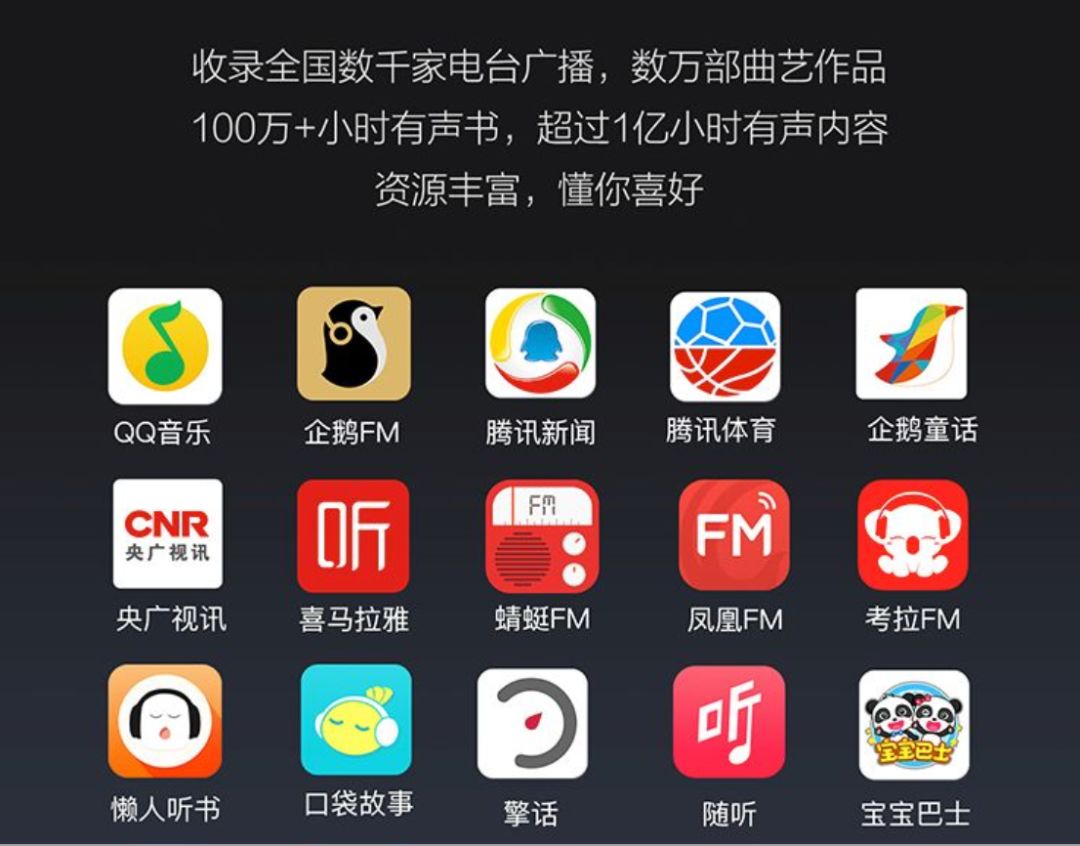
Content Supported by Tencent TingTing
The Xiaomi AI Speaker requires users to create their favorite playlists and channels again (this may be the purpose of the CH button on the Xiaomi AI Speaker). Although Tencent TingTing is a device produced by Tencent, it cannot pull user preferences from QQ Music.
Only Dingdong Play can pull songs that users have saved on QQ Music. Since Dingdong Play has a screen, it can also play videos. The video content is provided by iQIYI.
The music library of Tmall Genie X1 comes from Alibaba’s own Xiami Music and can play music that users have saved on Xiami Music;
Raven H has also partnered with Xiami Music but cannot pull user-saved playlists.
In terms of differentiated content, such as children’s content, crosstalk, online news, etc., there is not much differentiation among these speakers.
Please note: if you have niche music tastes, do not expect them to recognize the songs you want.
Of course, we can also resort to using the Bluetooth function of smart speakers to play songs from our phones.
Although Raven claims that the product has partnered with the large speaker manufacturer Tymphany, its small size still limits Raven H’s sound quality performance. The bass lacks depth, and the treble lacks penetration, making it feel rather thin.
When playing songs, Tmall Genie X1’s sound is also relatively thin, but it performs slightly better in bass than Raven H, and the boundary between vocals and instruments is not well defined.
Xiaomi AI Speaker, while loud, cannot mask the thinness of the sound, and its bass is better than the previous two, but it feels like the treble struggles to rise.
Tencent TingTing performs well in all aspects, achieving separation between vocals and instruments, and is able to initially differentiate between various instruments, with a certain fullness in vocals.
As for Dingdong Play, it performs similarly across the board, basically being the best in sound quality among the five models. Vocals are relatively full, and the sounds of instruments are also quite rich.
Conclusion
Raven H, merely as a conversational speaker, has a striking appearance, making it quite suitable for those who appreciate aesthetics;
Tmall Genie X1 is crowned as the “most supportive of smart home platforms”;
Tencent TingTing, backed by Tencent content, is purely a device without smart home control;
JD Dingdong Play has a screen, can play music, watch videos, and make calls.
Xiaomi AI Speaker, relying on the many devices in Xiaomi’s ecological chain and Xiao Ai on Xiaomi phones, likely has the highest market share.
